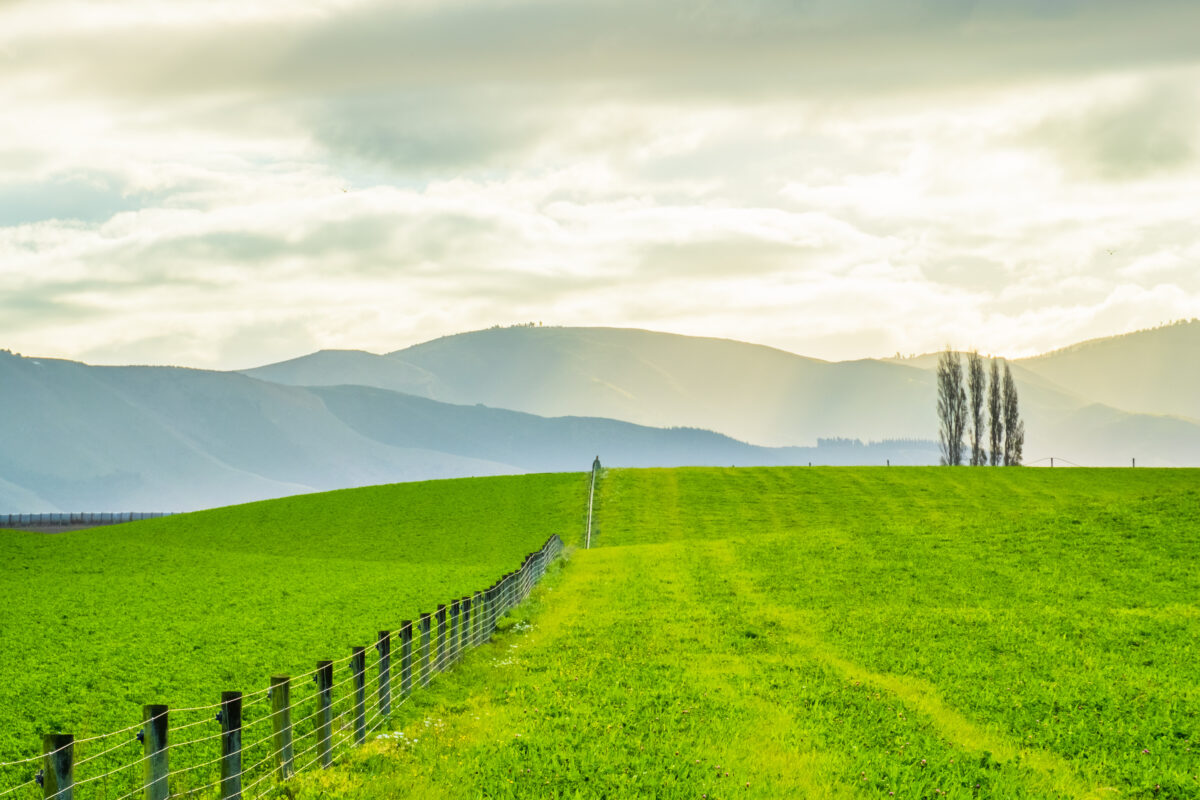A report released today outlines several changes to the Government’s proposed emissions pricing system, intended to give greater certainty for farmers and better recognise on-farm sequestration.
Announcing this development, Prime Minister Jacinda Ardern said:
“After listening to farmers and growers through our recent consultation, and engaging over recent months with industry leaders, today we have taken the next steps in establishing a proposed farm-level emissions reduction system as an alternative to the ETS backstop.”
The press statement highlighted these points –
- The Government has worked alongside farming leaders to adapt the proposed system for reducing agricultural emissions;
- A five-year price pathway established from 2025 will provide certainty through to 2030;
- The emissions levy will be set at the lowest price possible to achieve the targeted outcomes;
- The agriculture sector will help oversee the allocation of levy revenue raised through the system that will be recycled into incentivising good practice;
- The agreement reached will recognise scientifically robust on-farm sequestration in the Emissions Trading Scheme;
- The Government is working with the agricultural sector on options for transitional support;
- Work is underway on enabling collectives to simplify reporting and payment obligations for farmers and growers.
The Prime Minister said:
“Our shared goal is supporting farmers to grow their exports, reduce emissions, and maintain our agricultural sectors international competitive edge into the future. By continuing to work through our different positions together, we move closer to achieving long term consensus on a plan that works.
“The most important thing is getting an emission reduction system set up that lasts. We are working hard alongside the agriculture sector to strike the balance between building good levels of sector buy in, while also ensuring the system is robust and meets our emissions reductions goals.
“With or without the Government’s proposals the world is changing and New Zealand needs to be at the front of the queue to stay competitive in a market that is increasingly demanding sustainably produced products.”
Tesco, the biggest buyer of New Zealand products in Britain, wants all its products to be environmentally accredited and reach net zero across its entire supply chain by 2050, Ms Ardern said.
And Fonterra has warned farmers it risks losing customers and facing trade barriers if it doesn’t meet sustainability expectations, prompting the co-operative to look at setting a target for reducing emissions across its supply chain.
“If we don’t establish a credible plan to reduce agriculture emissions the future of our exports are at stake,” she said.
“I’ve always said we’re open to changes if they build greater levels of buy in. Today we move forward by moving closer together on a workable system.”
Agriculture Minister Damien O’Connor said the Government understood the need for greater certainty for farmers and growers in their business planning.
It has committed to a five-year price pathway for levy rates from 2025, giving farmers the price certainty they have asked for out to 2030, he said.
Oversight of the levy setting system will rest with the Climate Change Commission, but the Government is establishing a board with representatives from the agriculture sector and Māori to provide advice and act as an avenue for sector input.
“The farming sector will have input into the decisions around recycling income raised by the levy back out to the sector. That means farmers will have a say on the types of actions that will make the greatest impact on-farm to reduce emissions,” Mr O’Connor said.
“The Government is also urgently working with the sector to develop a process to recognise on-farm carbon sequestration, which is a top priority for farmers. Sequestration needs to be recognised in a way that is fair, cost-effective, and scientifically robust.
“We’re committed to working with He Waka Eke Noa’s partners to investigate options for targeted transitional support for farmers and officials will do further work on the use of collectives to simplify reporting and payment obligations.
“We will continue to support farmers and growers to lower agricultural emissions.”
Budget 2022 contained over $380 million to support the sector, which includes a new Centre for Action on Agricultural Emissions.
“Our farmers are among the most efficient in the world, but the international focus is on reducing total emissions and our efforts are to work together to achieve this,” Mr O’Connor said.
“We’re partnering with the sector to invest $27 million into the Centre’s first three projects to bring down emissions which include developing a methane inhibiting bolus, increasing the supply of low methane rams, and investing in urgently needed greenhouse gas measurement equipment and infrastructure.
“We’ve set up a joint venture with key sector companies, including ANZCO Foods, Fonterra, Ravensdown, Silver Fern Farms, Synlait, and Rabobank to deliver emissions reduction tools to farmers sooner. Those companies see the importance of reducing emissions for our international markets and sustainability credentials,” Damien O’Connor said.
Minister of Climate Change James Shaw highlighted that the report released today outlines further progress on the proposed pricing system, with final decisions expected early in the new year.
The report was prepared under section 215 of the Climate Change Response Act 2002.
“We have a legal requirement for Ministers to report on progress towards a proposed agriculture emissions pricing system before the end of 2022. This was to give the sector certainty over the direction of travel. The report published today delivers on that requirement and is an important milestone in the design of a system.
“This Government made a promise to put a price on agriculture emissions – but there is still work to do to make sure the pricing system that will be up and running in 2025 works for the sector while also reducing emissions at the pace required to protect the climate,” James Shaw said.
Final decisions on agricultural emissions pricing will be made by Cabinet in early 2023 with the aim to introduce legislation by the middle of the year.
A copy of the report can be downloaded here: https://environment.govt.nz/publications/pricing-agricultural-emissions-report-under-section-215-of-the-climate-change-response-act-2002
Source: The Beehive website












